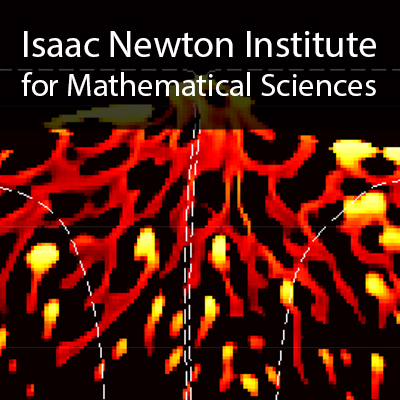Advanced theories of two-phase flow in deformable porous media, including fluid-fluid interfaces
Duration: 1 hour 2 mins
Share this media item:
Embed this media item:
Embed this media item:
About this item

| Description: |
Hassanizadeh, S. Majid (Universiteit Utrecht)
Tuesday 16th February 2016 - 16:00 to 17:00 |
|---|
| Created: | 2016-02-19 19:02 |
|---|---|
| Collection: | Melt in the Mantle |
| Publisher: | Isaac Newton Institute |
| Copyright: | Hassanizadeh, S. Majid |
| Language: | eng (English) |
| Distribution: |
World
|
| Explicit content: | No |
| Aspect Ratio: | 16:9 |
| Screencast: | No |
| Bumper: | UCS Default |
| Trailer: | UCS Default |
| Abstract: | Two-phase flow in porous media is traditionally modeled using a modified form of Darcy’s law, two volume balance equations, and a so-called capillary pressure-saturation relationship. Darcy’s Law was proposed more than 150 years ago for the flow of a single fluid in soil. Since then, this equation, in almost original form, has been assumed to be applicable to more and more complicated porous media. But, there are many shortcomings of the so-called extended Darcy’s Law. The general understanding is that capillary pressure is equal to the difference in pressures of two fluids. It is assumed to be an algebraic empirical function of saturation. This empirical relationship for capillarity has been studied extensively in soil physics, subsurface hydrology, and petroleum engineering, because of its central role in multiphase-flow theory. Yet, the standard theory of capillarity has a mostly empirical character. The macroscale capillary pressure-saturation relationsh ip cannot be derived from basic physical principles or using averaging methods. Moreover, it is known to be hysteretic (i.e., it depends on the history of the fluids’ distribution) and rate-dependent (i.e., it depends on the rate of flow or rate of change of saturation). We present a new theory of two-phase flow, which comprises a truly extended Darcy’s law and a new capillarity theory, which has four main features: i) pressure gradient is not the only driving force, ii) capillary pressure is an intrinsic property of the porous medium and is not only a function of saturation but also fluid-fluid specific interfacial areas, iii) similarly, effective stress parameter is a function of fluid-fluid specific interfacial area as well as saturation, and iv) there is a dynamic (or non-equilibrium) capillarity effect. We provide experimental evidences for the validity of the new theory. Also, pore-scale and continuum-scale simulations are used to study the possible significance of the new theory at various scales.
Related Links https://www.youtube.com/watch?v=kbX203rQSoI - lecture on two-phase flow http://www.geo.uu.nl/hydrogeology/majid/cvmajid.html - CV of presenter |
|---|---|
Available Formats
| Format | Quality | Bitrate | Size | |||
|---|---|---|---|---|---|---|
| MPEG-4 Video | 640x360 | 1.95 Mbits/sec | 910.04 MB | View | Download | |
| WebM | 640x360 | 793.38 kbits/sec | 360.28 MB | View | Download | |
| iPod Video | 480x270 | 527.49 kbits/sec | 239.54 MB | View | Download | |
| MP3 | 44100 Hz | 252.57 kbits/sec | 114.69 MB | Listen | Download | |
| Auto * | (Allows browser to choose a format it supports) | |||||

